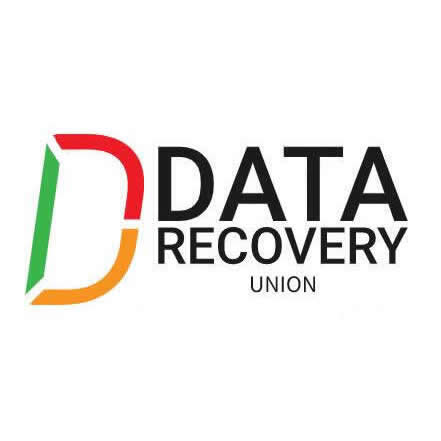Many businesses could find that when in need of a data recovery, their data is not retrievable because it is stored on old tape formats.
Many organizations have electronic data dating back decades and the chances of it being retrieved or rendered inaccessible over time are fairly high. Furthermore, retrieving data that is stored on out-of-date tapes can be costly and may require special equipment.
It is important for a company to look at its past as well as its future. Information that may need to be accessed must be transferred to modern media formats in order to be compliant with current legislation and recoverable in the event of data loss. By maintaining up-to-date records and data on modern media formats, extraction can be quick and painless. Furthermore, storage costs will decrease and the organization will be better aligned with compliance regulations.
In addition to ensuring backups are stored on modern media formats, the following tips may help minimize the chance of backup failure/data disaster.
1.Verify your backups. Backups, regardless of age, are known to fail or not work. This often goes undiscovered until they are needed.
2.Store backup tapes off site. This will ensure your files are preserved if your site experiences a fire, flood or other disaster.
3.Create a safe “home” for your backup tapes. Keep backup tapes stored in a stable environment, without extreme temperatures, humidity or electromagnetism.
4.Track the “expiration date.” Backup tapes are typically rated to be used from 5,000 to 500,000 times, depending on the type of tape. Tape backup software typically will keep track of the tapes, regardless of the rotation system.
5.Maintain your equipment. Clean your tape backup drive periodically, following directions in its manual regarding frequency. Most businesses just send the drive back to the manufacturer when it begins to have problems, but if a drive has problems, so can the backup tapes.

